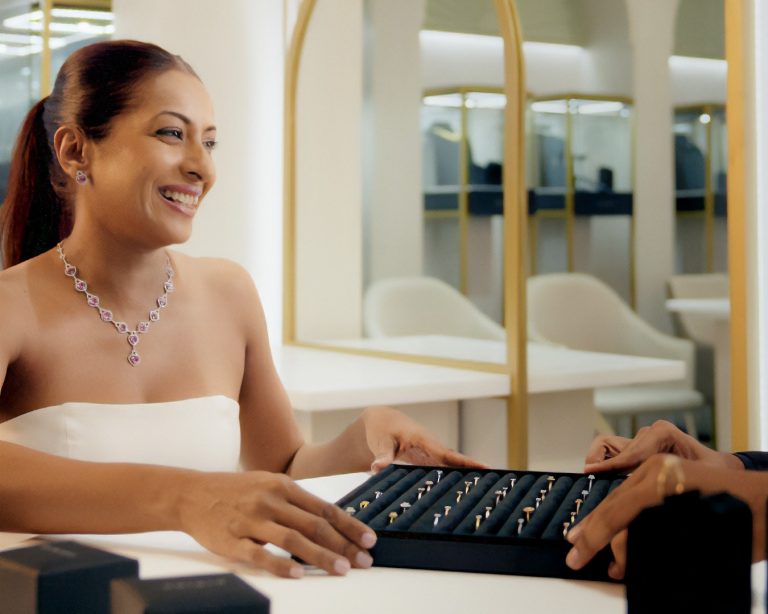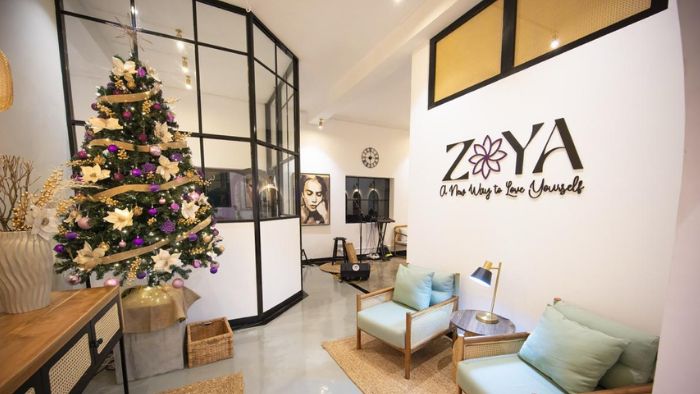Ruwanweliseya, also known as the Swarnamali Maha Chaitya, is the most venerated and well-known stupa in Sri Lanka. Built by King Dutugemunu in 140 BC, it’s a textbook example of the bubulakara (bubble-like) design of stupas. It’s one of the world’s tallest monuments, standing at 103 metres with a circumference of 290 metres.
Solosmasthana
Buddhists believe that the Buddha visited the island on the three occasions, hallowing 16 locations which would go on to become major Buddhist temples. These include Mahiyangana, Nagadeepa, Kelaniya, Siripada, Diva Guhawa, Digawapiya (in the East), Muthiyangana (in Badulla), Tissamaharama, Kiri Wehera (Katharagama) and Sela Chaithya (in Mihintale).
Six of the 16 locations were located in Anuradhapura, and along with Lankaramaya and Lovamahapaya, are collectively known as the Atamasthana. Ruwanweliseya and the Jaya Sri Maha Bodhi are considered the most important of these sites.
The chronicles state that King Devanampiyatissa, after embracing Buddhism, erected a pillar on Arahat Mahinda’s instruction at the site on which the future Ruwanweliseya would be built. The site is said to have been home to a deity named Swarnamali, after whom the stupa is named.
Building the Stupa
The chronicles greatly detail how the stupa was constructed by King Dutugemunu in 140 BC. The rare and precious raw materials required for the stupa are said to have miraculously appeared in locales not far from the city. Stones, bricks, mercury, wood apple resin and fine clay are said to have been used in the foundation, along with sheets of bronze and silver.
The king died before construction could be completed, and it fell to his brother Saddhatissa to complete the stupa.
Ruwanweliseya Today

Restoration of the stupa began in 1893, centuries after Anuradhapura had been abandoned to the jungle. The Venerable Naranvita Sumanasara Thero braved the malaria infested lands, collecting donations and enlisting the help of volunteers. The work was finally completed in 1940, with the “”Sein Bu Crystal”” gifted by Burmese Buddhists being affixed at the pinnacle of the stupa.

Since then, the Ruwanweliseya has been one of the most visited sites of pilgrimage for Sri Lankan Buddhists. The expansive maluwa (seating area around the stupa) can easily seat thousands of devotees. There are four smaller replica stupas on the four corners of this area.
A statue of Dutugemunu watches over the stupa, palms held together in eternal worship.
The stupa is located next to the Basawakkulama tank (Abhaya Wewa), the oldest reservoir in Anuradhapura. There are four gates facing the four directions, but entrance is usually limited to the eastern gate. Near this entrance, there’s an illuminated and paved walkway that leads from Ruwanweliseya to the Jaya Sri Maha Bodhi.
The area surrounding the stupa has thousands of brick and granite ruins. This was once the centre of the Mahavihara complex, the heart of Theravada teaching. The tripitaka was studied and preserved here, and later spread to Burma, Thailand and the rest of the Buddhist world.
Travel Tips
The best times to visit Ruwanweliseya are early morning and in the evenings. It gets pretty hot here after 8 – 9 AM. Personally, my favourite time to visit is around 6 PM, when the lovely breeze from the lake drifts in and the granite is still warm from earlier in the day.
Conclusion
Ruwanweliseya is the most important stupa for Buddhists in Sri Lanka. It’s got a fascinating history and is a must-see location for anyone exploring old Anuradhapura.






